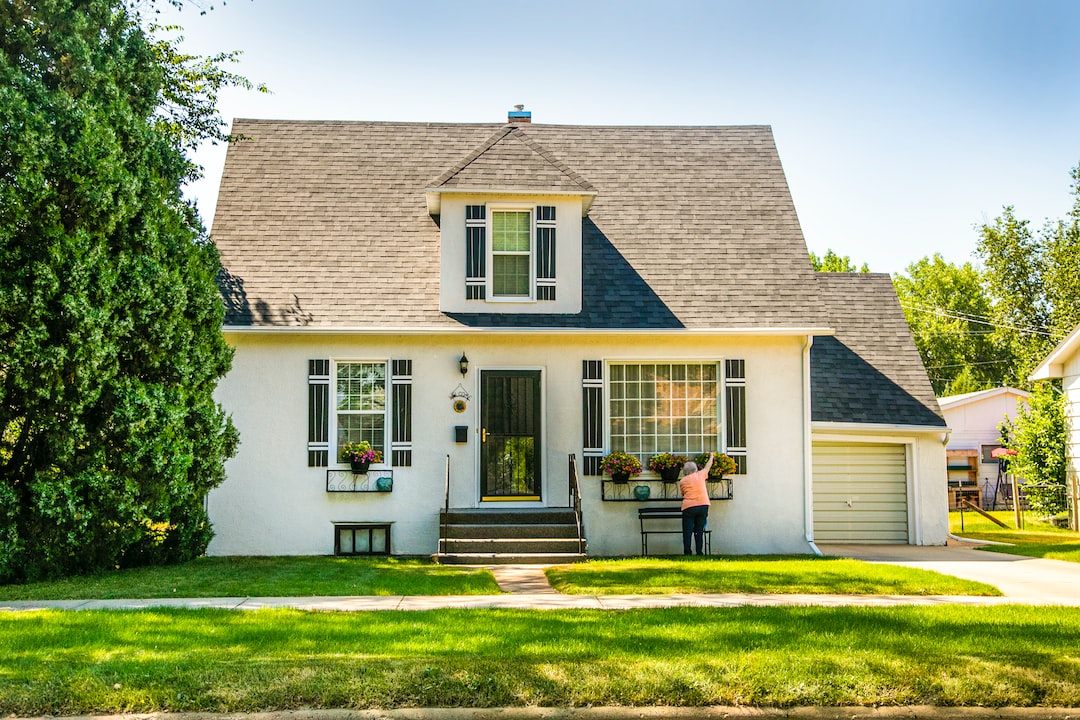The benefits of using virtual home tours for buyers and sellers
In today’s digital age, virtual home tours have become an increasingly popular tool for both buyers and sellers in the real estate market. With the advancement of technology, potential buyers can now view and explore a property without having to physically visit it. This innovative approach offers a plethora of benefits that can revolutionize the way we buy and sell homes.
For buyers, one of the main advantages of virtual home tours is convenience. Prospective buyers are no longer bound by geographical distances or busy schedules. They can simply access the virtual tour using their smartphones, tablets, or laptops from the comfort of their own homes. This not only saves them valuable time but also provides a hassle-free experience as they can explore multiple properties without having to travel from one location to another. Additionally, buyers can revisit the virtual tour as many times as they want, allowing them to make a more informed decision.
Another benefit for buyers is the ability to personalize their virtual tours. Virtual reality (VR) technology has made it possible for buyers to customize their experience by selecting specific areas of interest within a property. They can navigate through different rooms, zoom in on details, and even get a 360-degree view of the property. This level of interaction enables buyers to get a realistic sense of the home’s layout, size, and overall condition. It also helps them visualize how their furniture and belongings would fit into the space, allowing for better decision-making.
Virtual home tours also benefit sellers in several ways. Firstly, it expands their potential buyer pool. By offering a virtual tour, sellers can showcase their property to a wider audience, including those who may be located in different cities or countries. This opens up opportunities for more interested buyers, increasing the chances of a quicker sale.
Moreover, virtual home tours can be an effective marketing tool. The captivating visuals and interactive features of virtual tours can attract potential buyers and create a memorable first impression. This can be especially advantageous in a competitive market, where sellers need to differentiate their properties from others. Virtual tours allow for a more engaging and immersive experience, making a listing stand out and increasing the likelihood of generating interest and inquiries.
In addition, virtual tours can also save sellers time and money. Real estate agents can pre-qualify potential buyers by giving them access to a virtual tour before arranging an in-person visit. This helps filter out buyers who may not be genuinely interested in the property, saving both the agent’s and the seller’s time. Furthermore, virtual tours can reduce the number of physical showings, minimizing the disruption to the seller’s daily routine. This can be particularly beneficial for sellers who are still living in the property, as they can maintain their privacy and reduce the inconvenience of constant showings.
Overall, virtual home tours offer numerous advantages to both buyers and sellers in the real estate market. The convenience, personalization, and expanded market reach provided by virtual tours can enhance the buying experience for potential buyers. For sellers, virtual tours can attract a wider audience, enhance marketing efforts, and streamline the selling process. As technology continues to advance, virtual home tours are likely to become an indispensable tool in the real estate industry, transforming the way we buy and sell homes.

